A cabin on the outskirts of a forest, behind which the Purcell mountains slope poetically across the skyline. The smell of clean dewy air and rainfall drifting in through an open window, and tufts of mist covering the tops of the trees. The whistle of a kettle and the first bite of warm cinnamon buns and ruby-red cherries, a breakfast consumed before we stepped outside onto the gravel driveway, hopped into our car and headed for the hills.
This is how our adventure began. By 7am, we were on our way to the start of the Plain of Six Glaciers Trail in Lake Louise, Banff. Our early departure even spared time for an impulsive early-morning stop at a secret waterfall, where a slim bridge created a path over the whitewater that whirred rapidly below us.
But nothing else quite compared to the first glimpse of the turquoise waters of Lake Louise. We turned a corner and suddenly the blue-green glacier oasis was all we could see. Dense forests covered the sides of the mountains that surrounded the lake and as we walked around its circumference, the trees on the far left fell away, exposing the craggy, sheer rock faces that slanted vertically into the lagoon. Bright red canoe boats floated sparsely on the water and the high-pitched screams of brave hotel residents taking a plunge in the freezing lake ricocheted between the Rockies.
We were not alone on the trail. Hundreds were making the strenuous uphill trek to the secluded, century-old Teahouse, which can only be accessed on foot through imposing spruce forests and steep, unstable rock scrambling. As we ascended higher, the chalky-turquoise waters of the lake became a gemstone dot in the distance, with dramatic escarpments on either side making an immense amphitheatre that made any humans in the vicinity appear tiny in comparison.
The Teahouse was built by the Canadian Pacific Rail company in 1927, originally intended to be a rest stop for hikers and workers. The wooden structure is tucked away in the trees, adorned with colourful Nepalese prayer flags that make one’s arrival feel spiritually significant. Perhaps that close-to-heaven feeling was the breathlessness from the ascent, but either way, the sudden emergence of a rustic, red-wood cabin that faced ice-capped glaciers was truly magnificent.
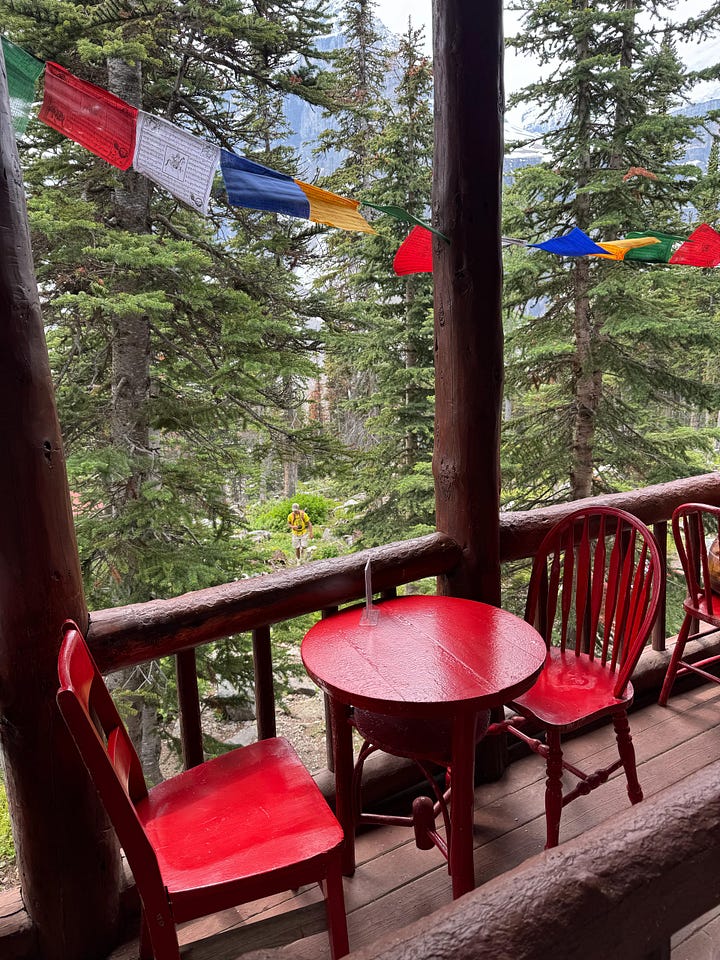
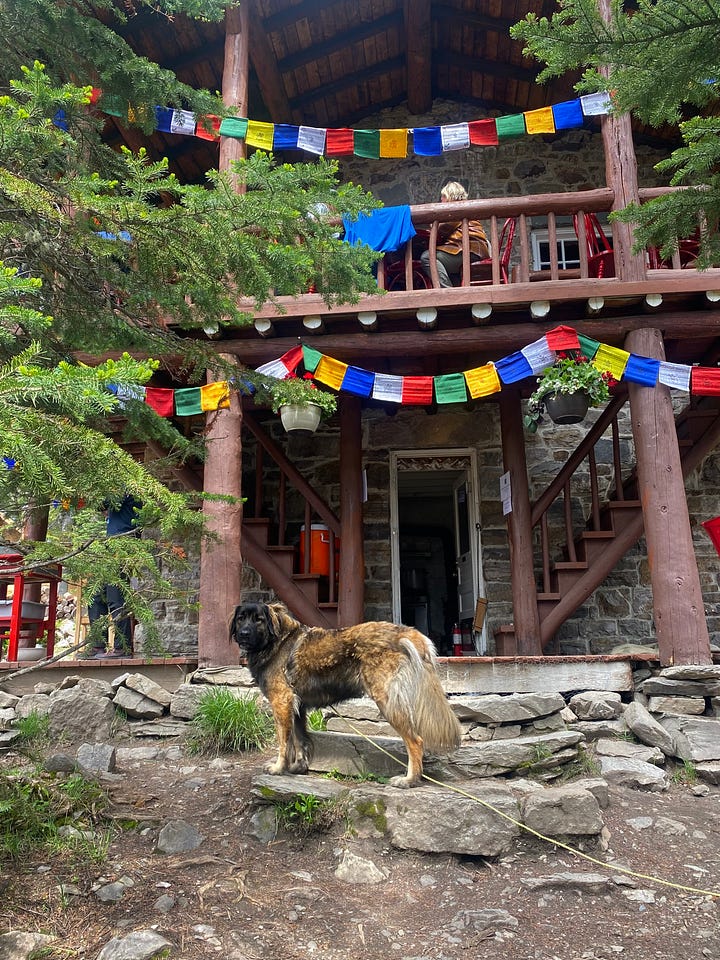
But how to articulate the beauty witnessed? The euphoric feeling of being out there, safely lost in the wild, so far from any materialistic concerns. Words seem insufficient, but they are the tools we have been blessed with, so here I will try…
Pine and cherry in the air. Wildflowers growing on the trail and maple syrup sap dripping from the trees. A river-stream whoosh blowing through the breeze. Crystal clear water and quiet woodlands that feel sacred, like stepping into the fairytale world of a book you used to read when you were younger. Sunlight falling from the sky and settling on the seafloor of the heart. Loud chatter as we walk to ward off bears. Laughter works even better, so we use our happiness as a shield to protect us. The twig-snap sound of something hidden sends a healthy glimmer of fear through the body, just enough to keep our minds rooted firmly in the present. Nothing else exists but this moment, boots on rocks, one foot in front of the other, as we run our fingers through the foliage and skip back down the mountain towards civilisation.
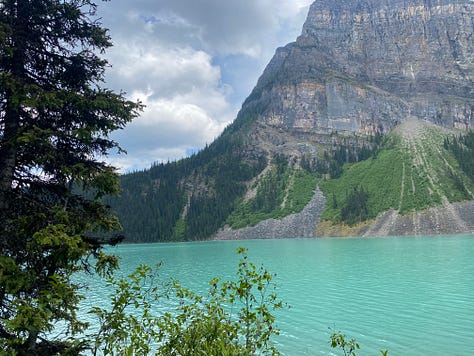
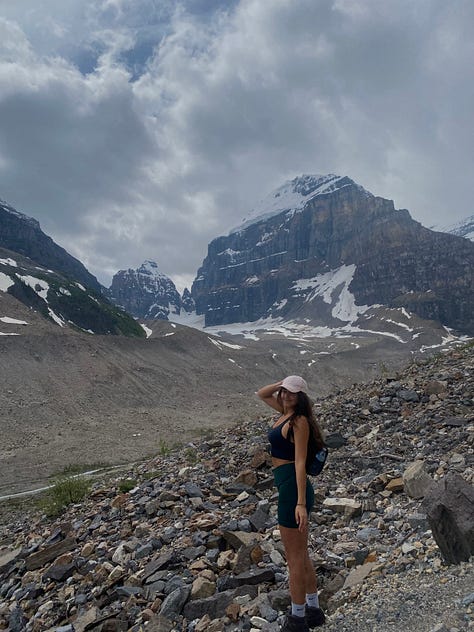
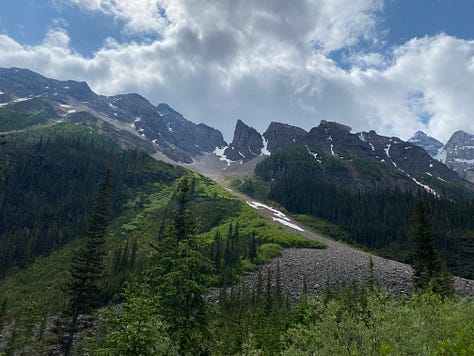





I’ve always wanted to travel here! It looks so beautiful
‘the twig-snap sound of something hidden….’
Yes Jade I get that! I was out in a secluded space yesterday. I heard a twig snap! Though it was me, it made me think about what that sound can evoke when you are all by yourself and it is not from your own footstep.
Excellent writing touching all
senses! I want to get up to that tea- house before summers through.
Yvonne Martinez AB Canada